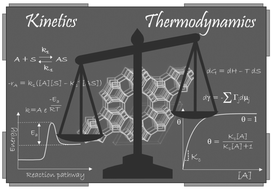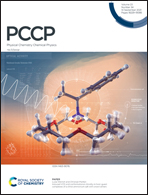Factors controlling the molecular modification of one-dimensional zeolites†
Abstract
Interactions between organic molecules and inorganic materials are ubiquitous in many applications and often play significant roles in directing pathways of crystallization. It is frequently debated whether kinetics or thermodynamics plays a more prominent role in the ability of molecular modifiers to impact crystal nucleation and growth processes. In the case of nanoporous zeolites, approaches in rational design often capitalize on the ability of organics, used as either modifiers or structure-directing agents, to markedly impact the physicochemical properties of zeolites. It has been demonstrated for multiple topologies that modifier-zeolite interactions can alter crystal size and morphology, yet few studies have distinguished the roles of thermodynamics and kinetics. We use a combination of calorimetry and molecular modeling to estimate the binding energies of organics on zeolite surfaces and correlate these results with synthetic trends in crystal morphology. Our findings reveal unexpectedly small energies of interaction for a range of modifiers with two zeolite structures, indicating the effect of organics on zeolite crystal surface free energy is minor and kinetic factors most likely govern growth modification.



 Please wait while we load your content...
Please wait while we load your content...
